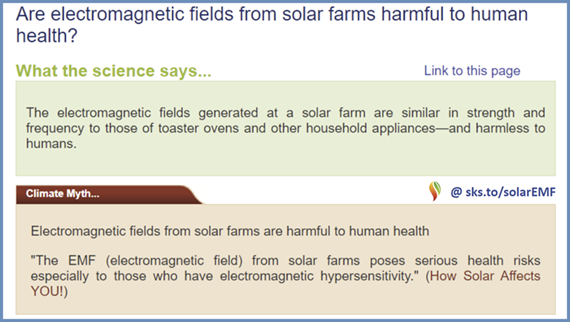Materials, Vol. 16, Pages 4222: Experimental Study on the Shear Strength and Failure Mechanism of Cemented Soil–Concrete Interface
Materials doi: 10.3390/ma16124222
Authors: Jie Zhou Chao Ban Huade Zhou Junjie Ren Zhong Liu
Cement is always used in underground construction to reinforce and improve soft clay, resulting in the formation of a cemented soil–concrete interface. It is of great importance to study interface shear strength and failure mechanisms. So, in order to figure out the failure mechanism and characteristics of a cemented soil–concrete interface, a series of large-scale shear tests of a cemented soil–concrete interface, and corresponding unconfined compressive tests and direct shear tests of cemented soil, were carried out specifically under different impact factors. A kind of bounding strength was observed during large-scale interface shearing. Resultantly, three stages of the shear failure process of the cemented soil–concrete interface are proposed, and bonding strength, peak (shear) strength and residual strength are pointed out, respectively, in interface shear stress–strain development. Based on the analysis results of the impact factors, the shear strength of the cemented soil–concrete interface increases with age, the cement mixing ratio and normal stress, and decreases with the water–cement ratio. Additionally, the interface shear strength grows much more rapidly after 14 d to 28 d compared to the early stage (1~7 d). Additionally, the shear strength of the cemented soil–concrete interface is positively related to unconfined compressive strength and shear strength. However, the trends of the bonding strength and unconfined compressive strength or shear strength are much closer than those of the peak and residual strength. This is considered to be related to the cementation of cement hydration products and probably the particle arrangement of the interface. Particularly, the cemented soil–concrete interface shear strength is always smaller than the cemented soil’s own shear strength at any age.

 1 year ago
31
1 year ago
31

